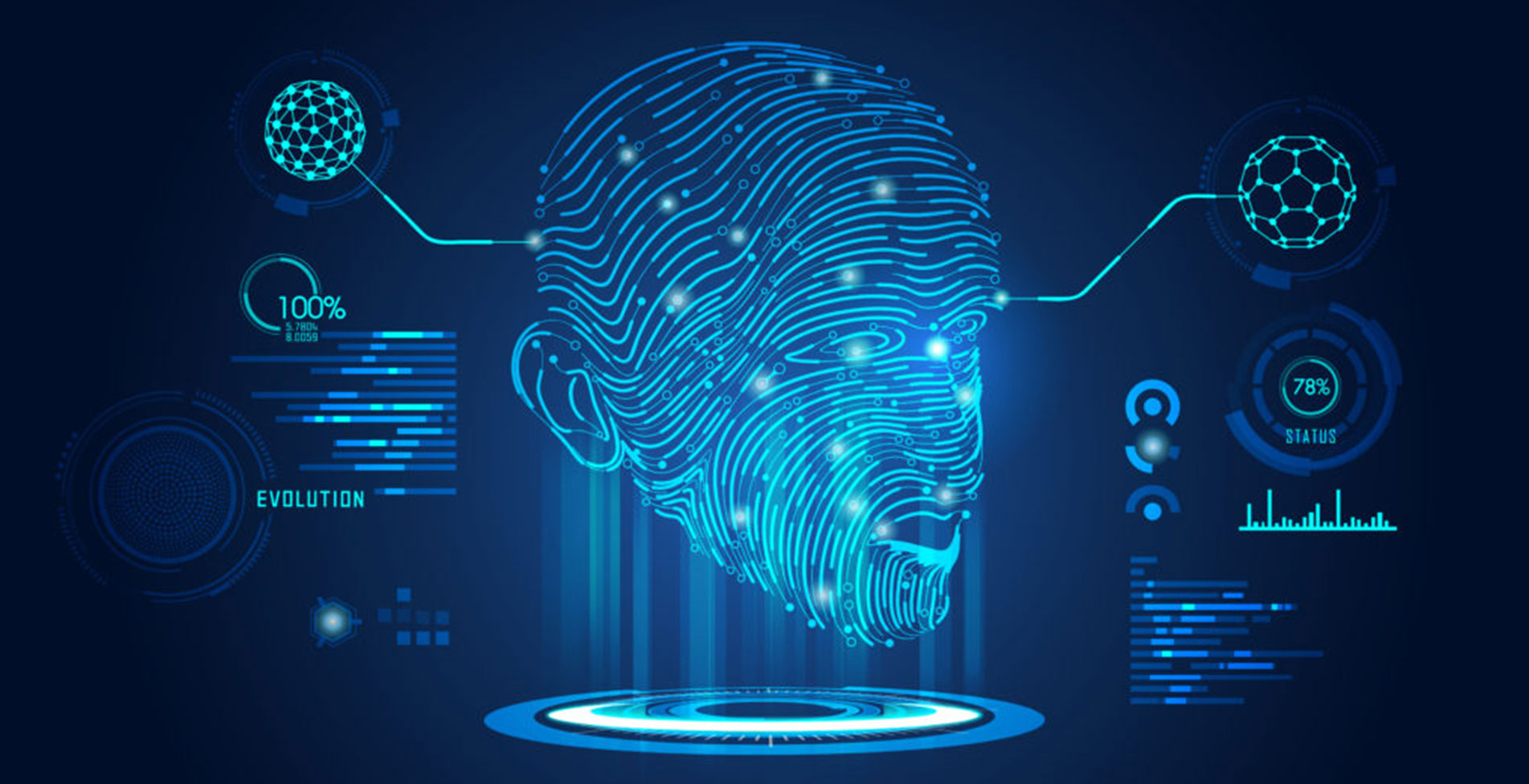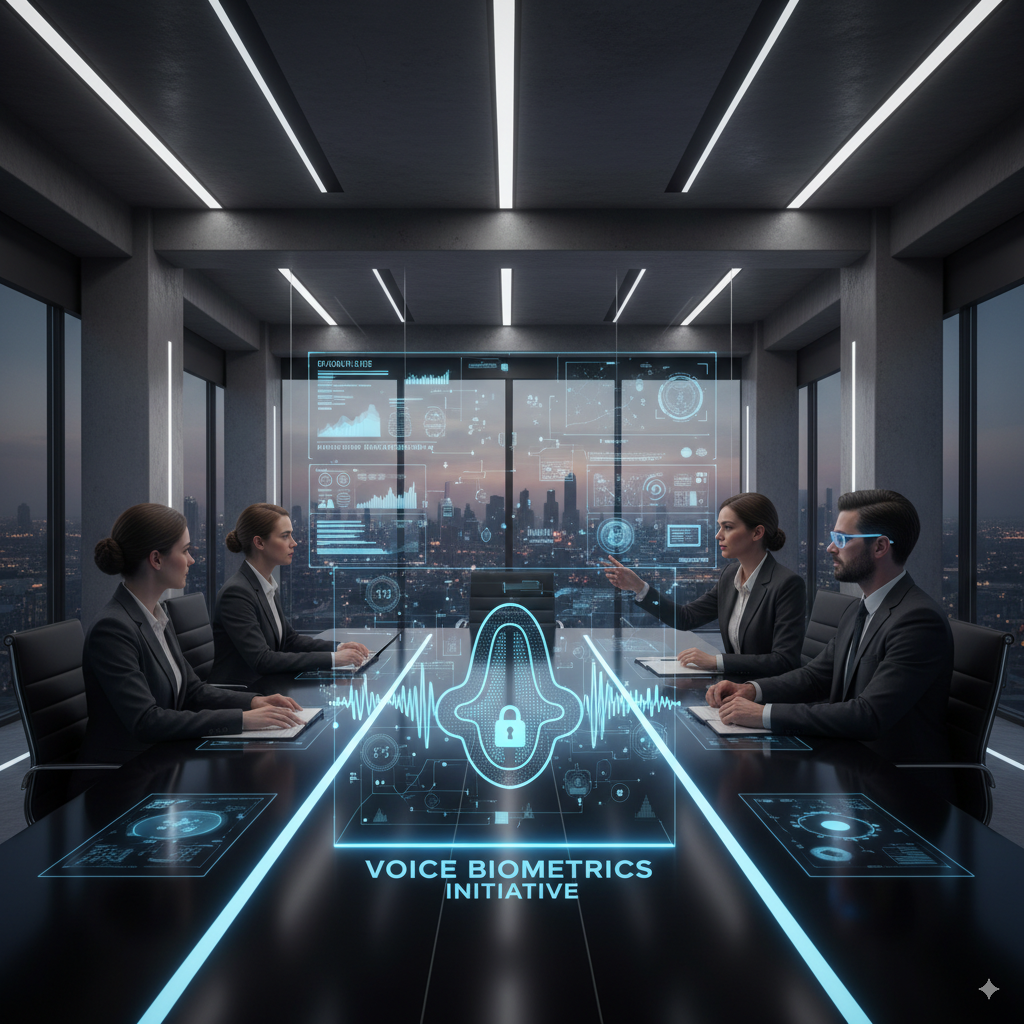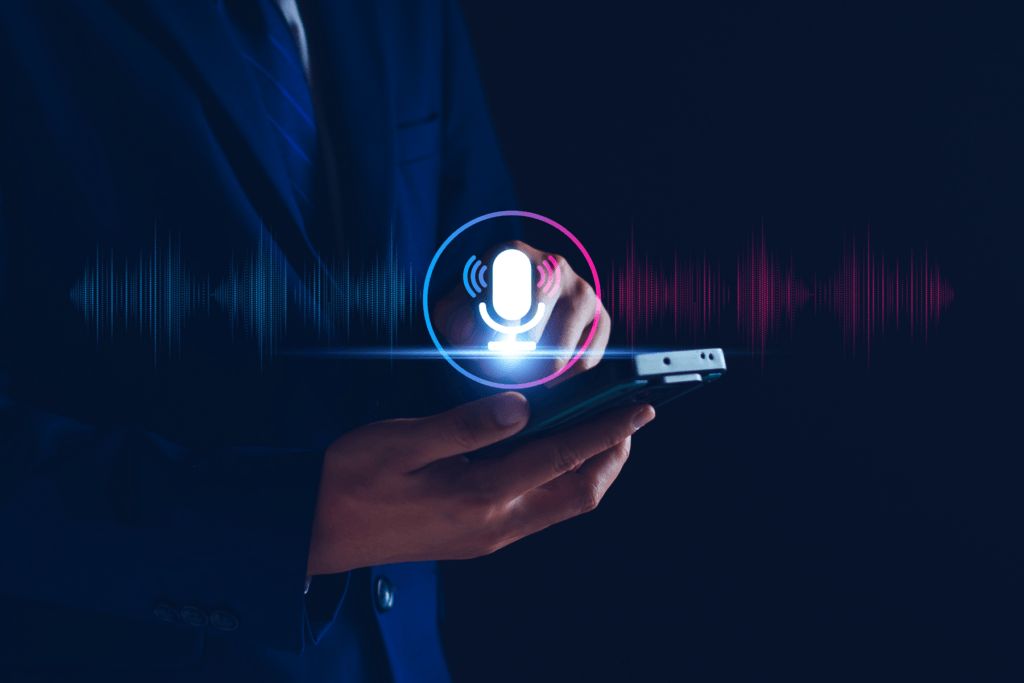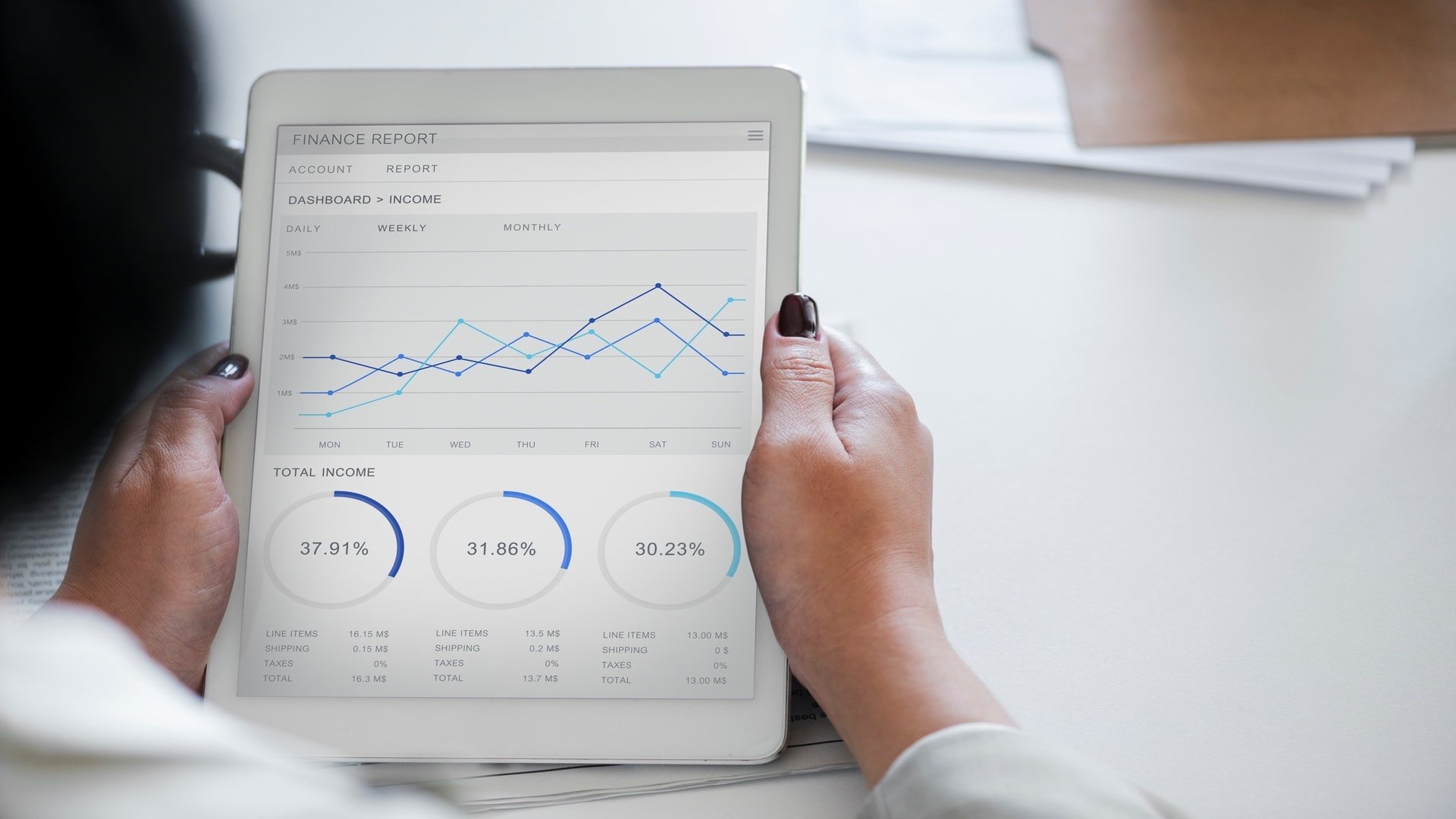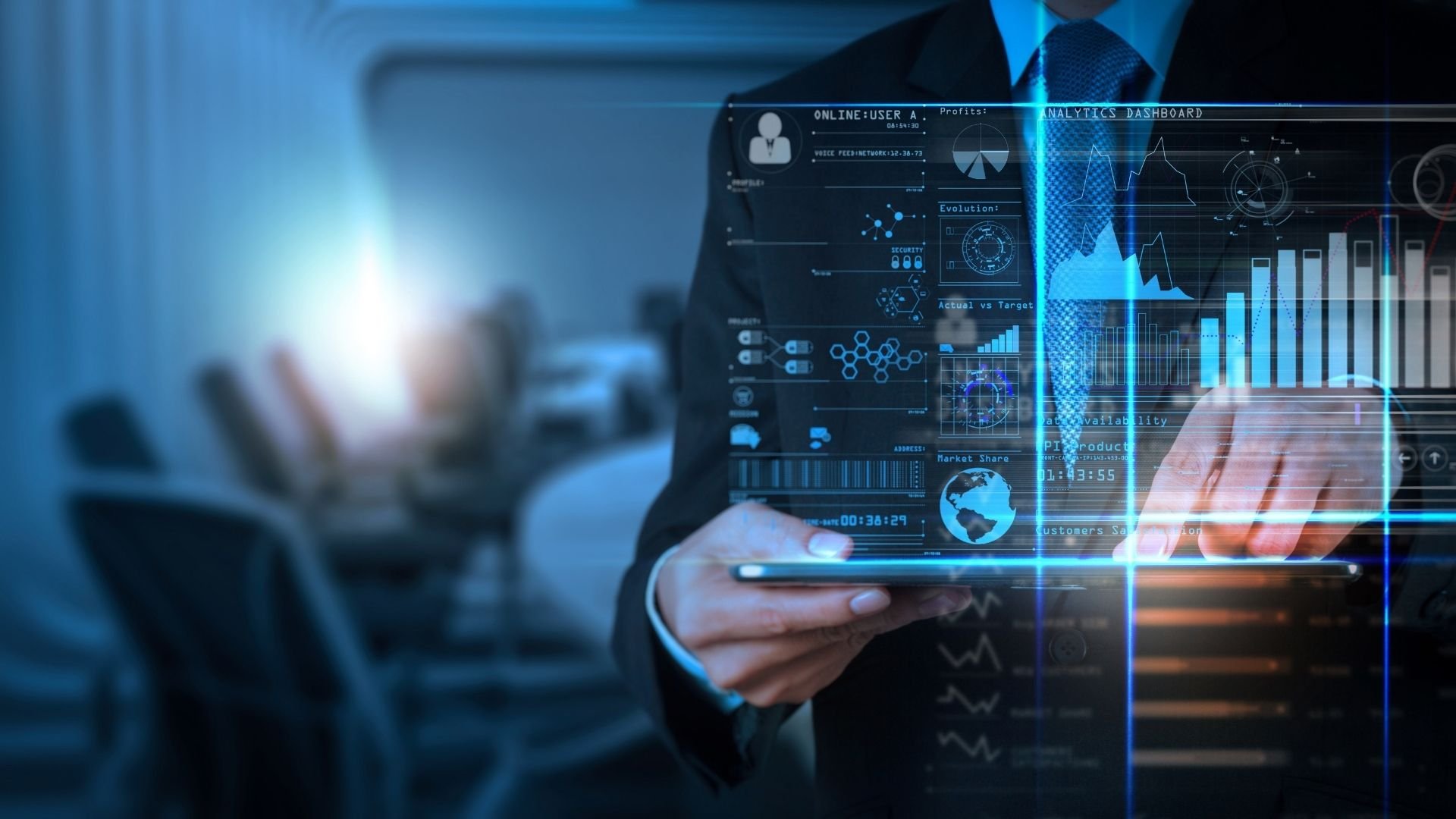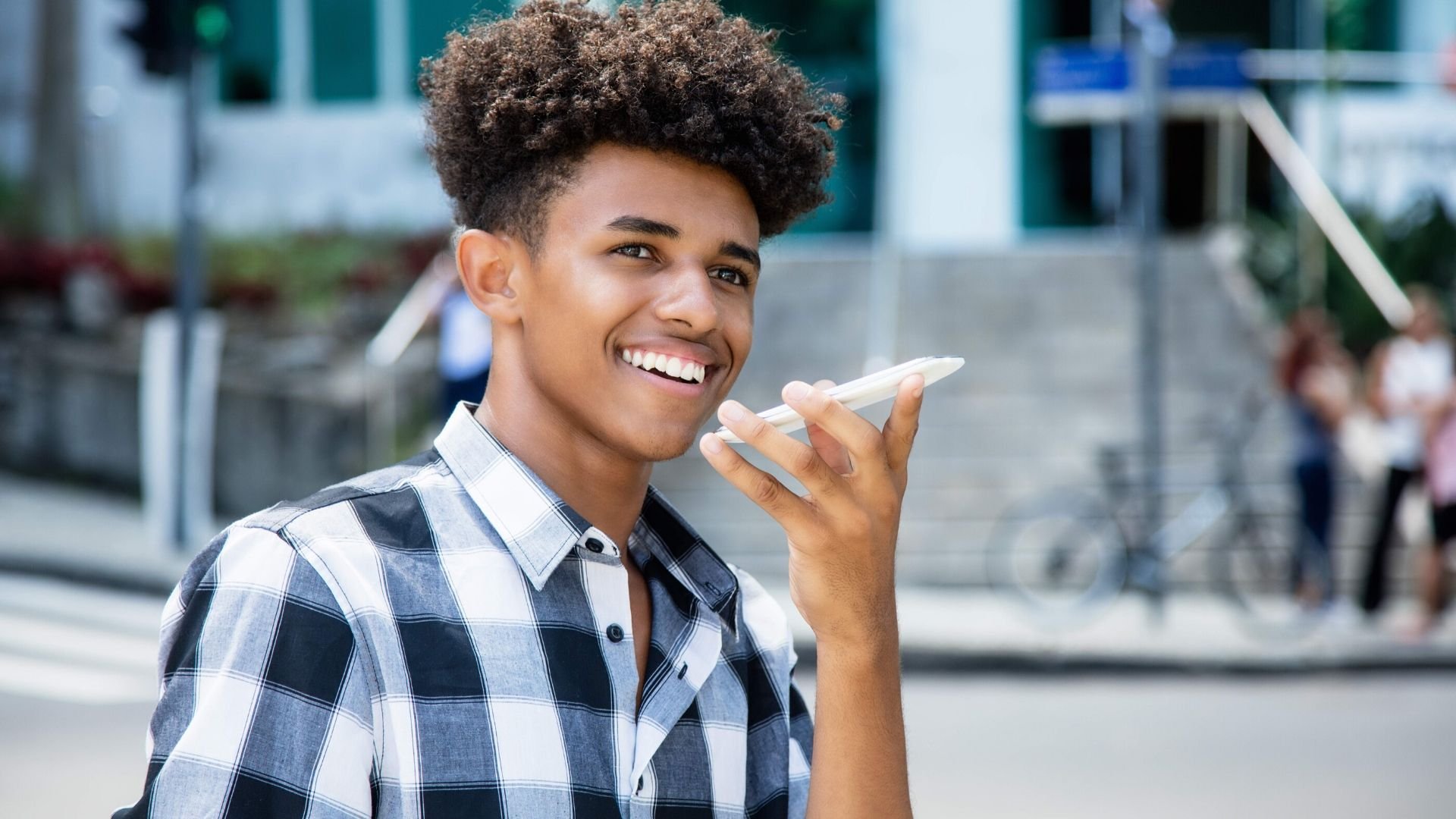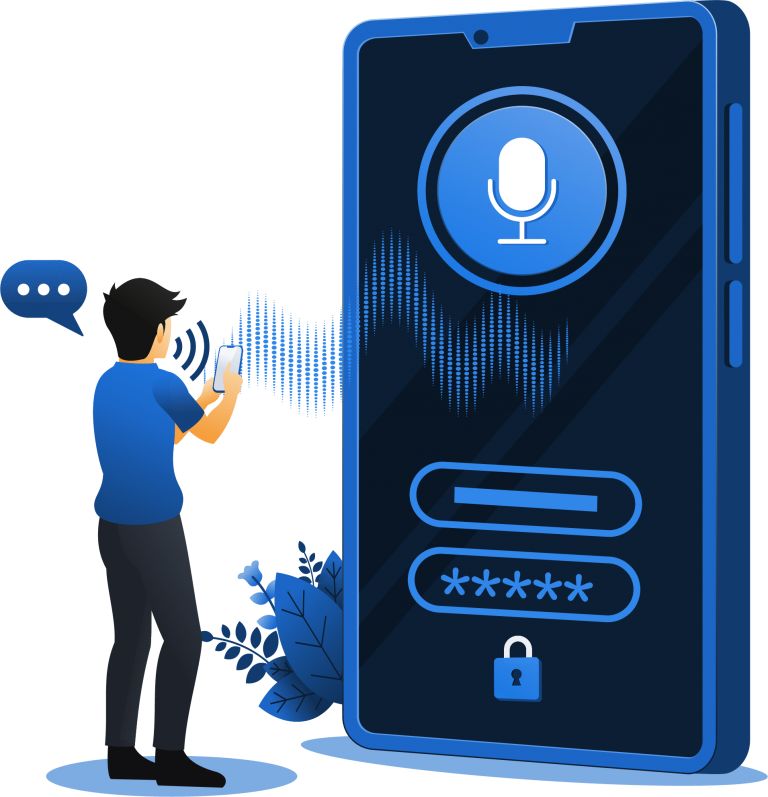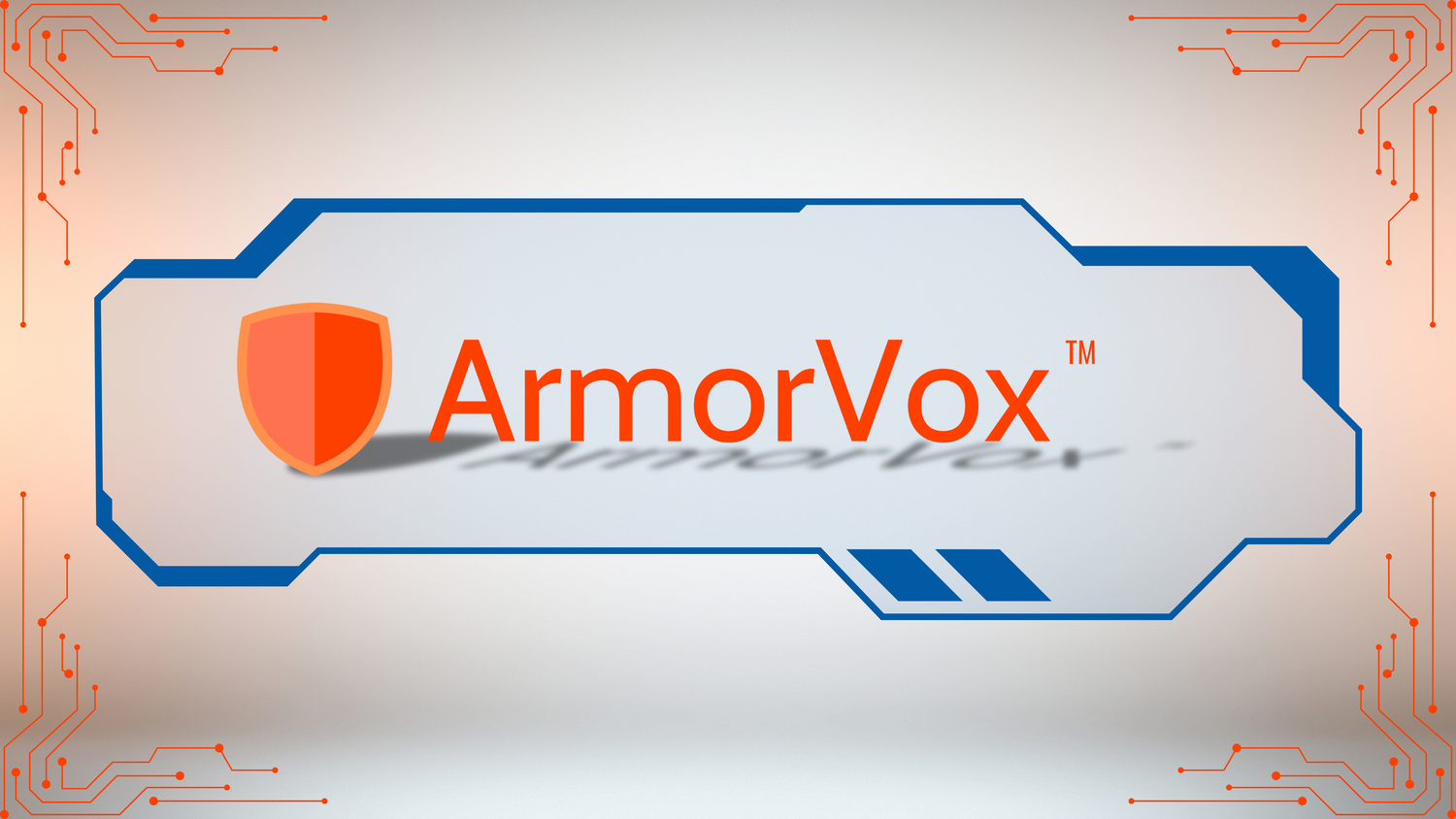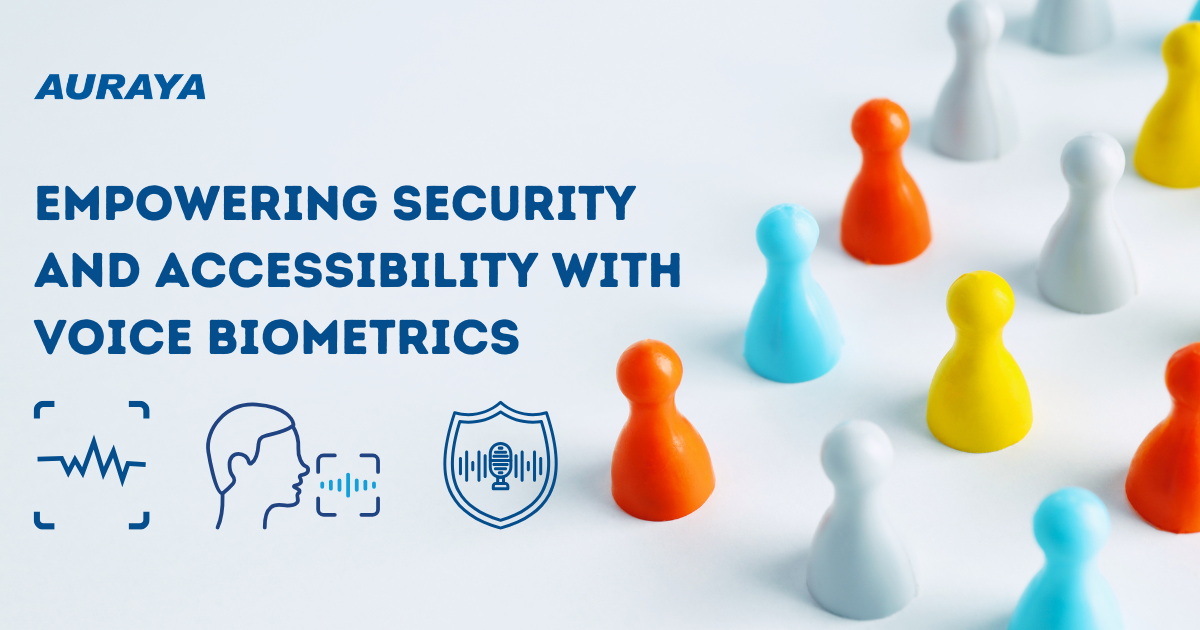Voice biometrics is a convenient yet secure method to verify a person’s identity. Using your voice to verify identity is similar to using a fingerprint or face print with the important distinction that the voice print isn’t stored on the smartphone or computer making it more secure for consumers and organizations relying on the verification process.
Voice biometrics provides a perfect synergy with applications that already utilize a person’s voice like a Voice Bot or a call center agent conversation. Voice biometrics can also be used in many other applications. It provides a frictionless, yet secure identity verification experience, free from roadblocks such as forgetting PINs and passwords or not having the normal trusted device like a smartphone when you want to access a service. A person’s voiceprint is unique to them and is encrypted and stored separately, making it more convenient for legitimate customers and more difficult for fraudsters to perpetuate identity theft or other fraud.
Common Voice Biometric Applications
- Contact centers – Organizations can integrate voice biometrics into their contact center platforms to provide convenient access and frictionless identity verification.By verifying in the IVR, organizations can expand personalized self-service options to include accessing account information or processing transactions. Verifying a caller’s identity before forwarding the call to an agent also saves time and effort for both the caller and the agent. Voice biometrics can also be used to passively verify user identity whilst conversing with the agent to ensure they are speaking with the same person throughout the interaction.
- Chatbots – Organizations use chatbots to provide information or services such as answers to frequently asked questions and redirects to the appropriate services. With voice biometrics, organizations can expand these chatbot self-service options by including options that would normally require identity verification first. Voice biometrics can seamlessly be integrated into chatbots so a user is prompted to “say” the one time passcode to verify their identity prior to accessing secure services or confirming transactions.
- Portal access – Instead of logging into the portal using a password that could be forgotten, people can verify their identity seamlessly by using their voice. They simply say the requested one time passcode to verify their identity. The system will compare their voiceprint and the number said against the claimed identity’s voiceprint and number to ensure it is the correct person.
- Digital signatures – Auraya’s voice biometric technology provides non-repudiable digital signatures. This makes voice biometrics ideal for digital contracts and agreements that are legally binding. Applications such as Adobe Sign, PandaDoc or DocuSign can integrate voice biometrics to provide an extra option to complete legally binding documents. Instead of signatures, users can use their voiceprints which are non-repudiable.
- Fraud detection – Organizations can use voiceprints to their advantage by crossmatching users against a list of fraudster voiceprints. This ensures that any new enrollees or existing users are not actually fraudsters in disguise. Fraudster voiceprints can be enrolled through historical call recordings or from other existing audio recordings. With voice biometrics, organizations can track known and potential fraudsters and mitigate the risks of repeat attacks.
Want to know more about voice biometrics and its potential use cases? Download our document Use Cases for Voice Biometrics.

